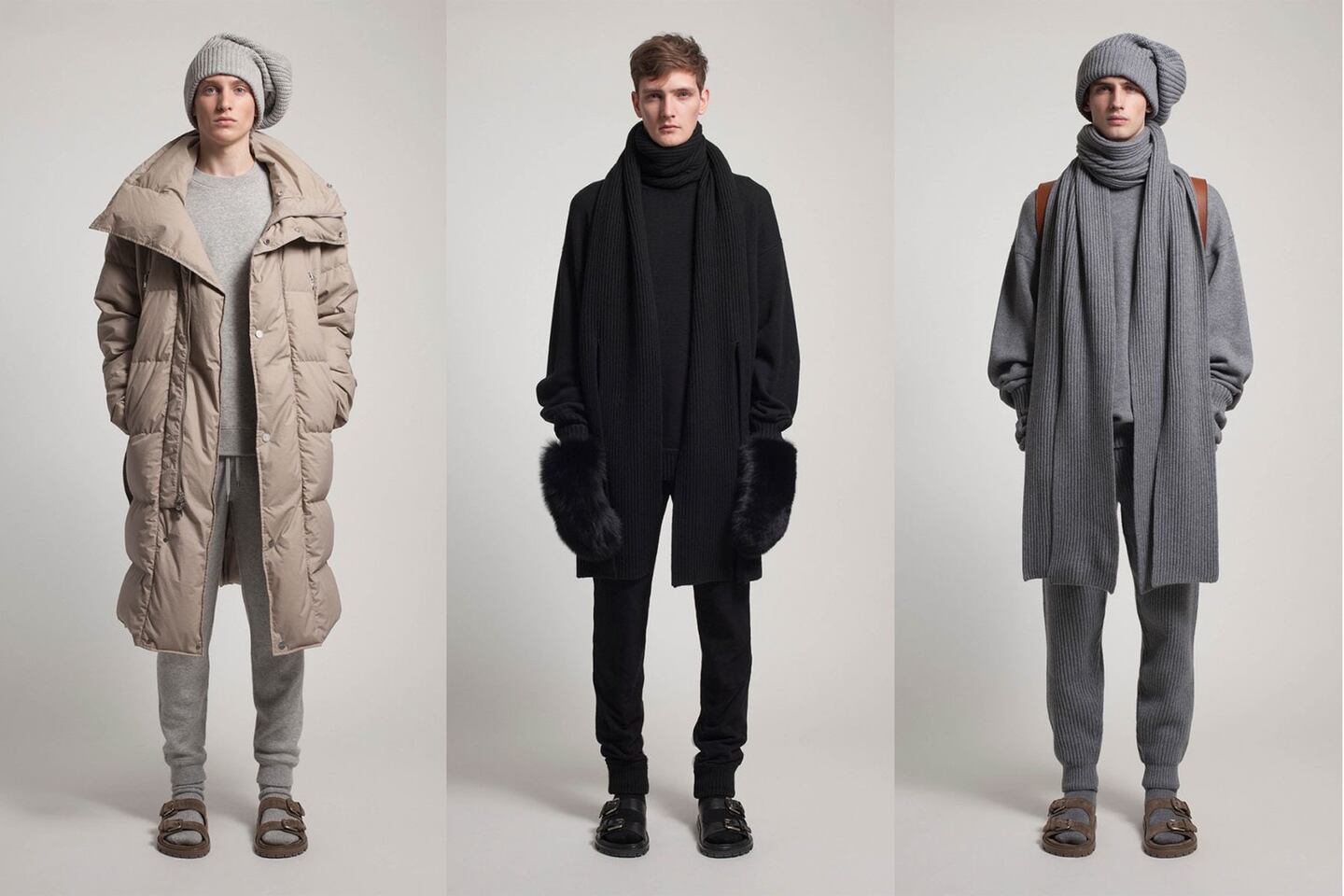
The Business of Fashion
Agenda-setting intelligence, analysis and advice for the global fashion community.

Agenda-setting intelligence, analysis and advice for the global fashion community.

NEW YORK, United States — When Michael Kors' 22,000-square-foot flagship opens at 520 Broadway in Soho this December, there will be a floor dedicated to accessories and fragrances, another to women's fashion and shoes and another, entirely stocked with menswear, kicking off the multi-billion-dollar brand's foray into the men's market. "From there, we will begin to test free-standing men's stores next year and believe that there may be the potential for as many as 500 men's stores worldwide over the long term," said Michael Kors chairman and CEO John Idol on an earnings call in August. The company projects its men's business will generate $1 billion in revenue by 2017.
But Michael Kors is only one of several major womenswear brands betting on the potential of the men's market. In March, Tory Burch announced that she would launch men's accessories in 2015. Then, in November, Coach, another American label, reported that sales of men's bags and accessories were up for the most recent quarter, despite a decrease in overall sales. The company's CEO, Victor Luis, says its men's business also aims to generate $1 billion in revenue by 2017.
Over in Europe, several fledgling British brands were ahead of the curve in pursuing the men's market. Christopher Kane, for one, launched a men's collection in 2011, followed by Richard Nicoll and Jonathan Saunders in 2012. The same year, high street retailer Jigsaw relaunched its men's collection after shuttering the line a decade earlier. And this September, Whistles, known for its contemporary womenswear offering, debuted its first-ever menswear line.
The appeal of the men’s market is clear. “There’s a lot of room for growth, not only globally but, for Western brands on their home turf,” said Fflur Roberts, head of luxury goods at market research firm Euromonitor International. In 2013, the total menswear market grew by roughly 5 percent, about 1 percent point more more than womenswear . What’s more, while women still spend significantly more than men on personal luxury goods, Roberts said that men’s luxury growth will continue to outpace that of women’s luxury over the next five years. Global sales of men’s luxury goods are projected to hit $110 billion by 2019, up 36 percent from $81 billion in 2014, according to Euromonitor.
ADVERTISEMENT
"Breaking out of womenswear and into men's seems to help a brand make the leap into lifestyle territory," noted Shireen Jiwan, founder of Sleuth, a brand consultancy. "Witness Ralph Lauren or Tom Ford — these are designers that have proven their creative vision can't be fenced in by departments."
“There are certainly cultural shifts in gender roles and style sensibilities that highlight opportunities for the right brand to crossover, from an increase of women holding high-powered positions within the job market to the rise of men cultivating their more sensitive sides,” added Ruth Bernstein, co-founder of Yard, a brand strategy agency.
However, in the US, in particular, a brand’s name and gender association can still prove challenging for womenswear labels attempting to cross over into the men’s market. While menswear-first brands like Band of Outsiders and Rag & Bone have successfully crossed over into womenswear, “Guys are really cagey with fashion,” said Michael Williams, founder of the influential menswear blog A Continuous Lean. “I think that for a well-established women’s brand, it’s going to be difficult to appeal to guys. Even if you look at a brand like like Coach, it seems like it could be unisex, but it’s much more of a women’s brand. Guys are hypersensitive about what the brands they wear say about them.”
"Brands that have strong feminine names, such as Tory Burch, will certainly face a greater challenge when transitioning into the men's category," added Bernstein. "It's no surprise the top men's fashion brands all have masculine names: Ralph Lauren, Diesel, Hugo Boss, Tommy Hilfiger." But European men are less afflicted by such hang-ups, according to Jiwan. "Italian and French men don't cower and cover their crotches when you suggest an ascot or a cross-body bag."
For her part, Roberts thinks that the trend of women’s brands making the leap into the men’s market will simply become “the norm,” if they can get the design right. “If the brand follows the same pattern of quality in its men’s line as it does in its women’s, men will buy into that.”
From analysis of the global fashion and beauty industries to career and personal advice, BoF’s founder and CEO, Imran Amed, will be answering your questions on Sunday, February 18, 2024 during London Fashion Week.
The State of Fashion 2024 breaks down the 10 themes that will define the industry in the year ahead.
Imran Amed reviews the most important fashion stories of the year and shares his predictions on what this means for the industry in 2024.
After three days of inspiring talks, guests closed out BoF’s gathering for big thinkers with a black tie gala followed by an intimate performance from Rita Ora — guest starring Billy Porter.